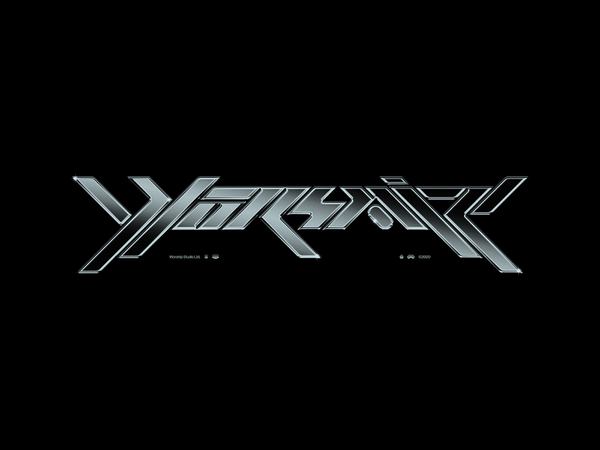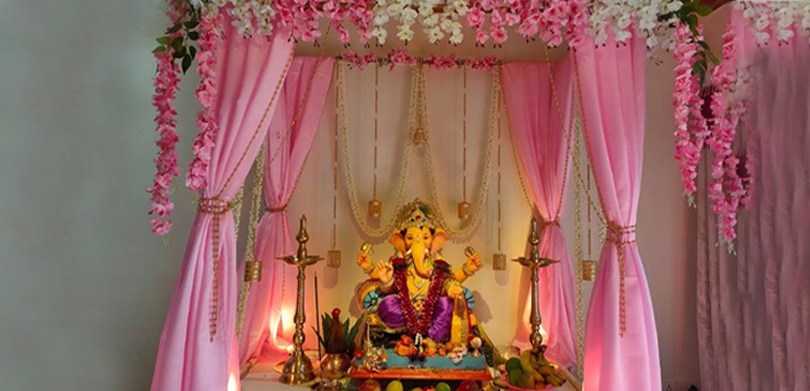DIY Home Decor Mockup Tools and Tips

Creating the perfect home decor is an adventure that combines creativity with practicality. Whether you're redesigning a single room or an entire house, mockups play a crucial role in visualizing your design before making final decisions. In this detailed guide, we'll delve into the DIY home decor mockup tools and tips that will help you bring your vision to life efficiently and effectively.
Why Use Mockups?

Mockups are essential for several reasons:
- Visualization: They allow you to see how different elements will look together in real-life settings.
- Cost Efficiency: They reduce the risk of costly mistakes by providing a virtual preview.
- Collaborative Design: They facilitate sharing ideas with family or professionals for feedback and adjustments.
Choosing the Right Mockup Tools

1. Digital Mockup Software

Here are some of the best digital tools you can use for creating home decor mockups:
- SketchUp: Known for its intuitive 3D modeling capabilities. Ideal for beginners and pros alike, offering a free version with substantial features.
- HomeByMe: A user-friendly platform for interior design with a drag-and-drop interface for easy design.
- IKEA Home Planner: Specifically designed for IKEA furniture, but useful for visualizing any space with IKEA products.
- RoomSketcher: Provides an easy way to create floor plans and realistic 3D renderings with customizable options.
2. Physical Mockups

Sometimes, digital mockups might not suffice:
- Paper and Scissors: Cut out templates or furniture layouts from magazines or catalogs to visualize furniture placement in your space.
- Tape Measure and Cardboard: Create to-scale cardboard models of furniture to see how pieces fit into your space.
📝 Note: While digital tools offer convenience, physical mockups can provide a tangible sense of scale and fit, which digital representations might miss.
How to Create a Home Decor Mockup

Step 1: Measure Your Space

Start with accurate measurements:
- Use a tape measure to get the dimensions of your room.
- Consider the height of the ceiling, windows, and any fixtures.
- Create a to-scale blueprint or digital plan of your space.
Step 2: Design Your Layout

Here’s how you can arrange your furniture:
- Use digital software or graph paper to sketch your layout.
- Ensure you consider traffic flow and furniture sizes.
- Play with different arrangements before settling on one.
Step 3: Choose Your Colors and Materials

Material and color selection are crucial:
- Select swatches or samples to visualize how they look together.
- Incorporate virtual colors and materials in your digital mockup for a more accurate representation.
Step 4: Test and Iterate

After your initial design:
- Share your mockup for feedback or with designers for their insights.
- Make adjustments based on the critique, then test again.
⚙️ Note: Iteration is key. Don't settle on your first design; refining it will lead to better results.
Tips for Effective Home Decor Mockups

- Use Realistic Textures and Materials: The more realistic your mockup, the better you can predict the final look.
- Consider Lighting: Light plays a crucial role in how colors and textures appear. Factor this into your design.
- Keep Proportions Accurate: Ensure all elements are to scale, or your design might not translate well into reality.
- Layers and Layers: Use layers in your digital mockup software to easily experiment with different design aspects.
Mocking up your home decor isn't just about seeing what your room could look like; it's about fine-tuning every detail to ensure you achieve the best results. With the right tools and techniques, your DIY mockup journey can lead to a beautifully decorated home that perfectly reflects your style and vision.
Can I use mockup tools for outdoor spaces?

+
Yes, some mockup tools, especially those focused on landscape design, can be used to plan and visualize outdoor areas like gardens, patios, and decks.
Do I need to know how to draw or design to use these tools?

+
Not necessarily. Many mockup tools have user-friendly interfaces that require little to no drawing skills. However, a basic understanding of design principles can enhance your results.
How detailed should my mockups be?

+
The detail level of your mockups should match your design needs. For general layout purposes, simple sketches might suffice, but for accurate material and color representation, you’ll need high-quality mockups.



